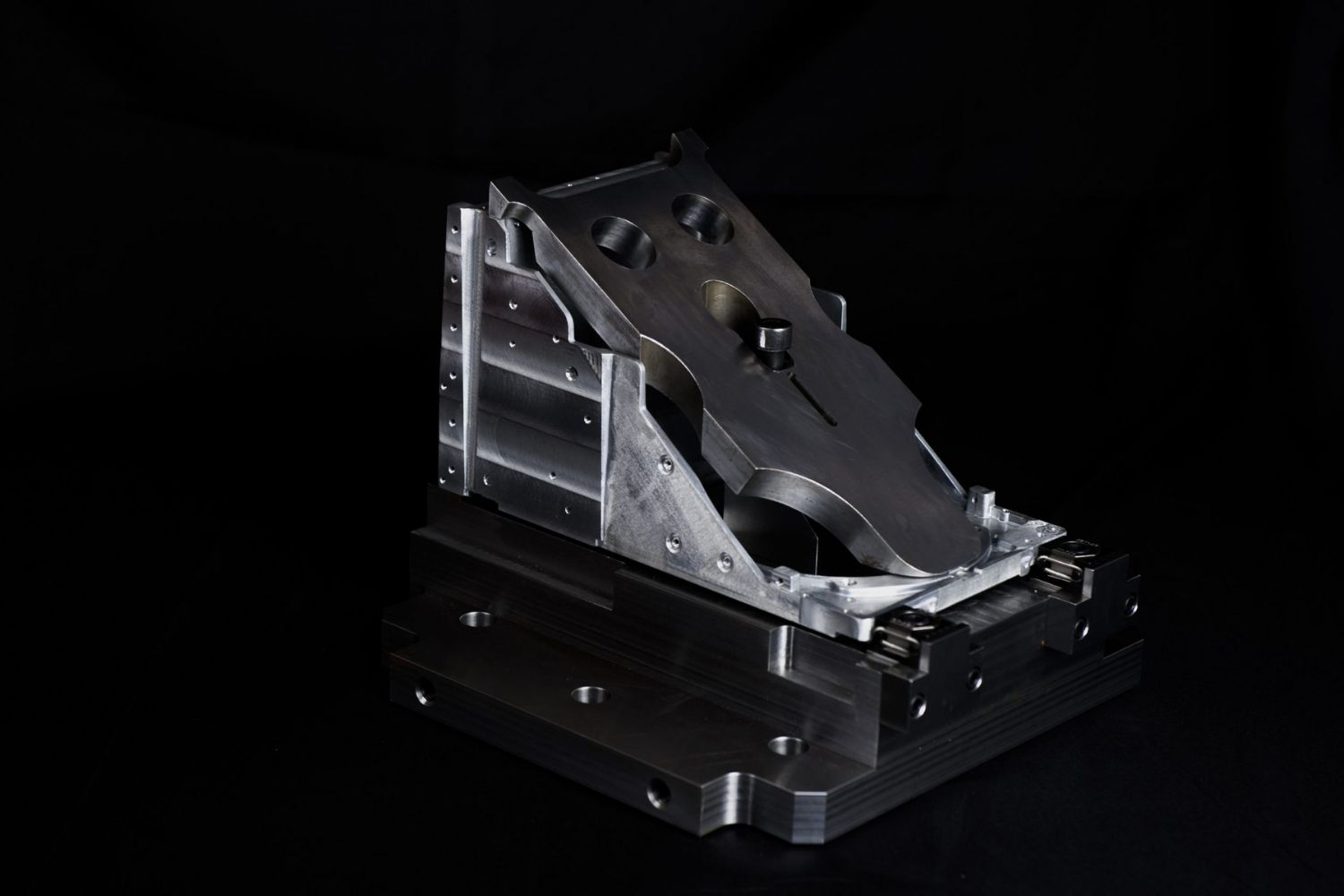
Jig design might sound like a niche topic, but it's a crucial element in manufacturing. What is jig design? Jig design involves creating tools that hold, support, and locate a workpiece during a manufacturing process. These tools ensure precision, efficiency, and consistency in production. Imagine trying to build a complex machine without a reliable way to hold parts in place—chaos, right? Jigs solve this problem by providing a stable framework, reducing errors, and speeding up production. From aerospace to automotive industries, jig design plays a vital role in achieving high-quality results. Ready to learn more about this fascinating field? Let's dive into 28 intriguing facts about jig design!
What is Jig Design?
Jig design is a crucial aspect of manufacturing and engineering. It involves creating devices that hold, support, and locate a workpiece during various machining operations. These devices ensure precision, efficiency, and safety in production processes.
-
Jigs are Custom-Made: Each jig is designed for a specific task, tailored to the shape and requirements of the workpiece.
-
Improves Accuracy: Jigs help maintain consistent quality by ensuring that each piece is machined in the exact same way.
-
Reduces Human Error: By guiding tools and workpieces, jigs minimize the chances of mistakes during machining.
Types of Jigs
There are various types of jigs, each serving different purposes in manufacturing. Understanding these can help in selecting the right jig for a specific task.
-
Template Jigs: These jigs use a template to guide the tool, ensuring precise cuts or holes.
-
Plate Jigs: A simple type of jig, plate jigs hold the workpiece in place while guiding the tool.
-
Channel Jigs: These jigs are used for holding cylindrical workpieces, providing support and guidance.
-
Leaf Jigs: Featuring a hinged leaf, these jigs allow for easy loading and unloading of the workpiece.
Benefits of Using Jigs
Using jigs in manufacturing offers numerous advantages, making them indispensable in many industries.
-
Increases Production Speed: Jigs streamline the machining process, allowing for faster production rates.
-
Enhances Safety: By securely holding the workpiece, jigs reduce the risk of accidents and injuries.
-
Cost-Effective: Although initial design and fabrication can be costly, jigs save money in the long run by reducing waste and rework.
Materials Used in Jig Design
The choice of material for a jig depends on the specific requirements of the task and the workpiece.
-
Steel: Known for its strength and durability, steel is a common material for jigs.
-
Aluminum: Lightweight and corrosion-resistant, aluminum is ideal for jigs that need to be moved frequently.
-
Plastic: For less demanding tasks, plastic jigs offer a cost-effective and lightweight solution.
-
Wood: In some cases, wood can be used for simple jigs, especially in woodworking applications.
Designing a Jig
Designing a jig involves several steps, each crucial for ensuring the jig performs its intended function.
-
Identify the Task: The first step is to clearly define the task the jig will perform.
-
Select the Material: Choose a material that suits the requirements of the task and the workpiece.
-
Create a Prototype: Before finalizing the design, create a prototype to test its functionality.
-
Test and Refine: Test the prototype and make any necessary adjustments to improve its performance.
Common Applications of Jigs
Jigs are used in a wide range of industries, each with unique requirements and challenges.
-
Automotive Industry: Jigs are used to ensure precision in the manufacturing of car parts.
-
Aerospace Industry: High precision is crucial in aerospace, making jigs essential for producing aircraft components.
-
Electronics Industry: Jigs help in the assembly of electronic devices, ensuring components are placed accurately.
-
Woodworking: In woodworking, jigs guide tools for cutting, drilling, and shaping wood.
Maintenance of Jigs
Proper maintenance is essential for ensuring the longevity and effectiveness of jigs.
-
Regular Cleaning: Keep jigs clean to prevent debris from affecting their performance.
-
Inspection: Regularly inspect jigs for wear and tear, and replace any damaged parts.
-
Lubrication: Lubricate moving parts to ensure smooth operation and prevent rust.
-
Storage: Store jigs in a dry, safe place to protect them from damage.
Innovations in Jig Design
Advancements in technology have led to new and improved jig designs, enhancing their functionality and efficiency.
-
3D Printing: 3D printing allows for the rapid prototyping and production of custom jigs.
-
CNC Machining: CNC machines can create highly precise jigs, improving accuracy and consistency in manufacturing.
Final Thoughts on Jig Design
Jig design is a fascinating field that combines creativity, precision, and engineering. These tools are essential for ensuring accuracy and efficiency in manufacturing processes. From woodworking to metalworking, jigs help craftsmen achieve consistent results, saving time and reducing errors. Understanding the different types of jigs, such as template jigs, plate jigs, and box jigs, can significantly enhance your projects. Remember, the right jig can make all the difference in the quality of your work. So, next time you're tackling a complex task, consider how a well-designed jig could simplify the process. Whether you're a seasoned professional or a DIY enthusiast, mastering jig design can elevate your craftsmanship to new heights. Keep experimenting, stay curious, and don't be afraid to innovate. Happy crafting!
Was this page helpful?
Our commitment to delivering trustworthy and engaging content is at the heart of what we do. Each fact on our site is contributed by real users like you, bringing a wealth of diverse insights and information. To ensure the highest standards of accuracy and reliability, our dedicated editors meticulously review each submission. This process guarantees that the facts we share are not only fascinating but also credible. Trust in our commitment to quality and authenticity as you explore and learn with us.
